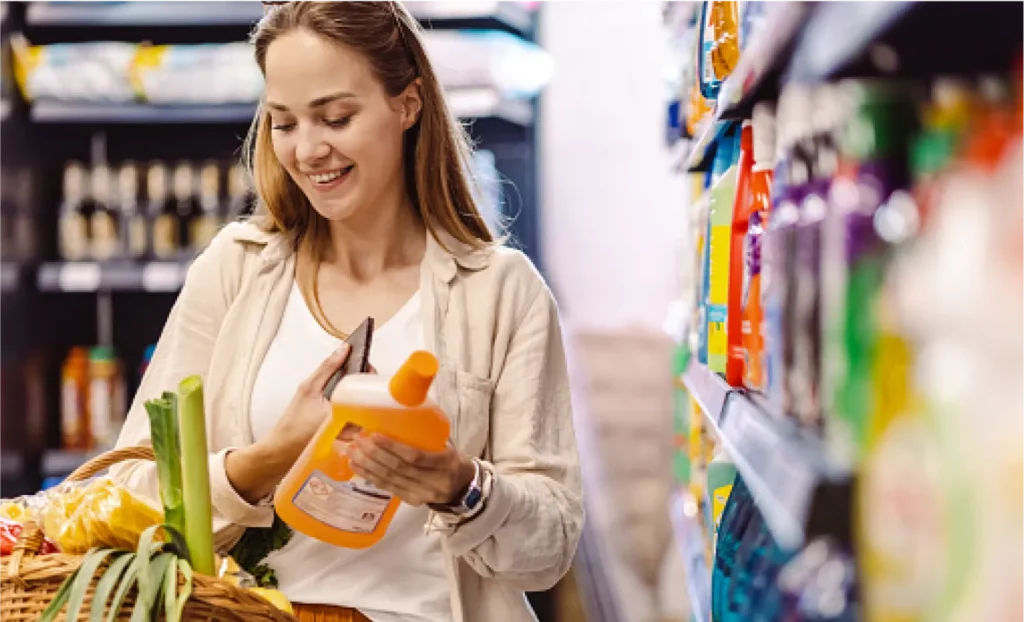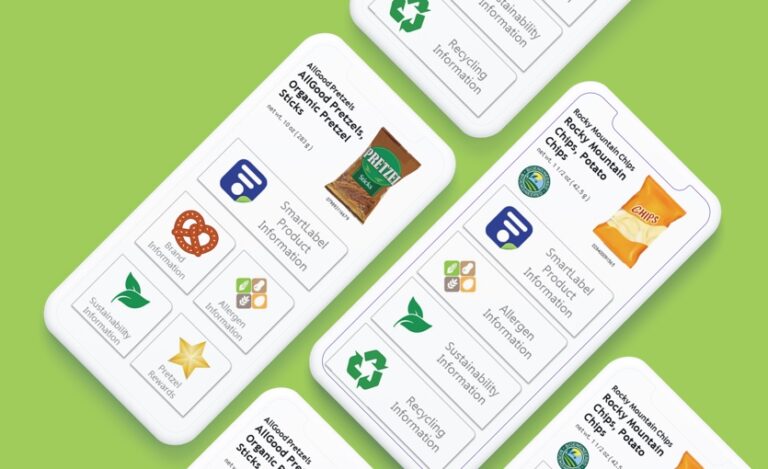

Regulatory
Championing Smart Regulation
The makers of America’s food, beverage, personal care and household brands are committed to protecting consumers and upholding the highest standards of safety is the top priority of the consumer packaged goods (CPG) industry. By working closely with state and federal regulators, CPG companies ensure that every product on store shelves reflects a rigorous, science-based process designed to ensure safety and trust while also fostering innovation, strengthening transparency and empowering consumers with the information they need to make confident choices.
Healthy Rule
No one is closer to the consumer than the makers of America’s food, beverage, personal care and household brands, constantly innovating to meet consumer demand. While the CPG industry recognizes the Dietary Guidelines for Americans (DGAs) as the federal government’s primary source of dietary advice, it works closely with the FDA to follow labeling rules and communicate ingredients to consumers so that they can choose the products that meet their unique dietary goals.
The FDA has finalized an updated definition of the term “healthy” for use on food labels. Some foods currently considered nutrient dense and encouraged as part of healthy dietary patterns by the DGAs, such as certain cereals and yogurts, may not meet the criteria to bear the “healthy” claim.
This misalignment between labeling standards and the current dietary guidelines risks creating consumer confusion. A coordinated, strategic approach to aligning nutrition policies is essential to empower consumers with clear, consistent information while supporting continued industry innovation.
Date Labeling
Historically, there were more than 10 different and confusing label options, such as “sell by,” “enjoy by,” “fresh until,” “display until,” and “best before,” making it difficult for consumers to make informed choices. The CPG industry recognized the problem and its role in the solution, laying the groundwork to revolutionize the way products are labeled. Through industry-led efforts to streamline and standardize the wording on date labels, there is now greater clarity around product quality and safety, helping to reduce consumer confusion and empower consumers to make the best choices for themselves and their families.
Chemical Regulations
The consumer packaged goods (CPG) industry prioritizes product safety and consumer well-being, adhering to federal regulations set by agencies like the FDA, U.S. Environmental Protection Agency (EPA) and Consumer Product Safety Commission. Committed to reducing chemicals of concern, CPG companies invest in packaging innovation, rigorous testing and voluntary safety programs to ensure products are safe, sustainable and high-quality. This includes a wide range of categories such as food, beverages, household cleaners and personal care items. The industry supports national, science-based standards and the regulatory authority of long-standing federal agencies, while cautioning that inconsistent state and local mandates create consumer confusion and threaten access to clear, reliable product information.
What We Do
Advocate for smart regulations that maintain safety, affordability and consumer choice
Educate on the latest food safety regulations through resources like the Food and Beverage Labeling Course and Better Process Control School.
Empower industry innovation and enable progress through uniform national regulatory frameworks.
Related Resources

Blog
How New Research Spotlights the Importance of Facts up Front

Blog
SmartLabel: Leveraging Technology Can Support a Modernized Recall Process

Blog
Understanding the Nutrition Label: How Facts Up Front Prioritizes Consumer Education











